-
FREE MEMBER
NO Posting or PM's Allowed

Lee Enfield Aluminum stock
-
10-13-2013 10:49 PM
# ADS
Friends and Sponsors

-
Legacy Member

I'm no expert on the Lee Enfield Rifles and I'm probably wrong but it doesn't appear correct to me. I have heard about Aluminium stocked No.4 rifles for trials but not the SMLE, it would seem a bit pointless seeing as the SMLE was the older rifle and the No.4 was the current production rifle. Also, if this was a trial for service use, it wouldn't have had commercial proof marks (Unless there not proof marks) and I'm pretty sure it would have been fully stocked with a forsight protector with bayonet boss. I'm afraid I think this may have been a commercial venture or a small scale run by a arms firm.
and I'm probably wrong but it doesn't appear correct to me. I have heard about Aluminium stocked No.4 rifles for trials but not the SMLE, it would seem a bit pointless seeing as the SMLE was the older rifle and the No.4 was the current production rifle. Also, if this was a trial for service use, it wouldn't have had commercial proof marks (Unless there not proof marks) and I'm pretty sure it would have been fully stocked with a forsight protector with bayonet boss. I'm afraid I think this may have been a commercial venture or a small scale run by a arms firm.
Just my opinion of course so I could be completely wrong.
-
Thank You to Brit plumber For This Useful Post:
-
Guess what........ I'm with BP here. I'm not a betting man but to be really, truly honest and frank, I'd say that that aluminium stock was someones idea of fixing up his rifle when he broke the original! It just doesn't look like something that would have been submitted for trials to replace the real McCoy. Being honest again, I'd say that it was made by a little boy, probably about 8 or 9, who wanted to play with an old busted rifle that he found in his grandpa's shed.
I could be wrong of course and others might disagree with my theory.........
-
-
Legacy Member

The screws appear to be commercial screws as well, not parked or blued. Looks like the material you would find in a hardware store.
looks home made.
-
-
Advisory Panel


Maybe someone used a sportered wooden stock as the pattern for an alloy casting? If so, maybe there is some evidence left behind - e.g. is there any mark on the underside of the forend where the rear sight protector nut would have been?
-
-
FREE MEMBER
NO Posting or PM's Allowed

The thing is this isn't the only one, there is another on exactly like this a few provinces over, it seems strange that they are both a rebarrel done in 1945 when most of the smle run was stopped in 1943. Both rifles have the modified Ross buttstock, very close serial numbers etc.
I really have no idea really what this oddity is but I thought it was an interesting piece non the less.
---------- Post added at 04:43 PM ---------- Previous post was at 04:43 PM ----------
I also believe the rubber hand guards are a bubba item.
-
FREE MEMBER
NO Posting or PM's Allowed

This rifle is no bubba- Smellie has one.
(no guards on his.)

-
FREE MEMBER
NO Posting or PM's Allowed


Originally Posted by
twosteam

This rifle is no bubba- Smellie has one.
(no guards on his.)
Thanks for posting, I was just going to put up the video and you beat me to it.
Neal
---------- Post added at 05:16 PM ---------- Previous post was at 05:11 PM ----------
I am looking at a thread I posted on another forum and someone from Australia thinks it is aftermarket and is looking for some info, will keep all posted.
thinks it is aftermarket and is looking for some info, will keep all posted.
-
Advisory Panel


Yes, I have had this rifle over 20 years. It appeared as a trade-in at a shop I was working at, swapped for 3 boxes of .243 ammo. I paid for it with repair work, $38 deducted from what I made refurbing an entire rack of Stevens 820s and almost 100 1886 Winchesters.
The aluminum forestock part is a very good-quality casting; it wasn't done in anyone's basement or garage. Seriously, I do not think we can blame these rifles on Bubba. The two rifles are closer than peas in a pod: pennies in a roll would be closer.
Like the OP's rifle, mine is completely numbers-matching, in this case 69111R and it also has a 1945 Birmingham barrel on it.... with Enfield Inspectors' marks.
Note kindly that neither rifle has the common "commercial" Proof stampings of the post-1945 period.
Mine is built on a 1918 NRF. Bore condition is near perfect. It is lightweight and fast-pointing, but that would qualify it as a combat rifle even more than for sporting use.
I believe that there is a passing reference to the aluminum-stocked and Ross-butted experimentals in the Reynolds book, but I do not have my copy at hand. There were some strange things being done right at and after the end of the war in Europe, especially as regards recycling and alternate materials; Britain was determined never to be caught-out again as they were in 1940. I note that this attitude continues with regard to the L-85 rifle, which is far too heavy because it is made entirely of LOCAL materials, Britain having no local Bauxite.
was determined never to be caught-out again as they were in 1940. I note that this attitude continues with regard to the L-85 rifle, which is far too heavy because it is made entirely of LOCAL materials, Britain having no local Bauxite.
My rifle has languished on the basement rack for many years, the ugliest topic of conversation I own. I was quite shocked to discover that there exists another.... which is absolutely identical.
It is indeed a tragedy that so much original documentation was shredded in the 1960s and '70s.
-
The Following 2 Members Say Thank You to smellie For This Useful Post:
-
Legacy Member

Using a rigid aluminium chassis is quite common in benchrest, metallic silhouette, F-Class etc. circles, and has been for decades.
If fitted properly, it should withstand the elements, (including "dry" rot and termites), and recoil fairly well. However, salt water ingress could cause some interesting electrolytic effects.
Maybe one last trawl of the old Canadian archives is in order.
Was there a "wood shortage" in Canada at some time?
at some time?
-
and went walking soon after. Any other info on this would be much appreciated.
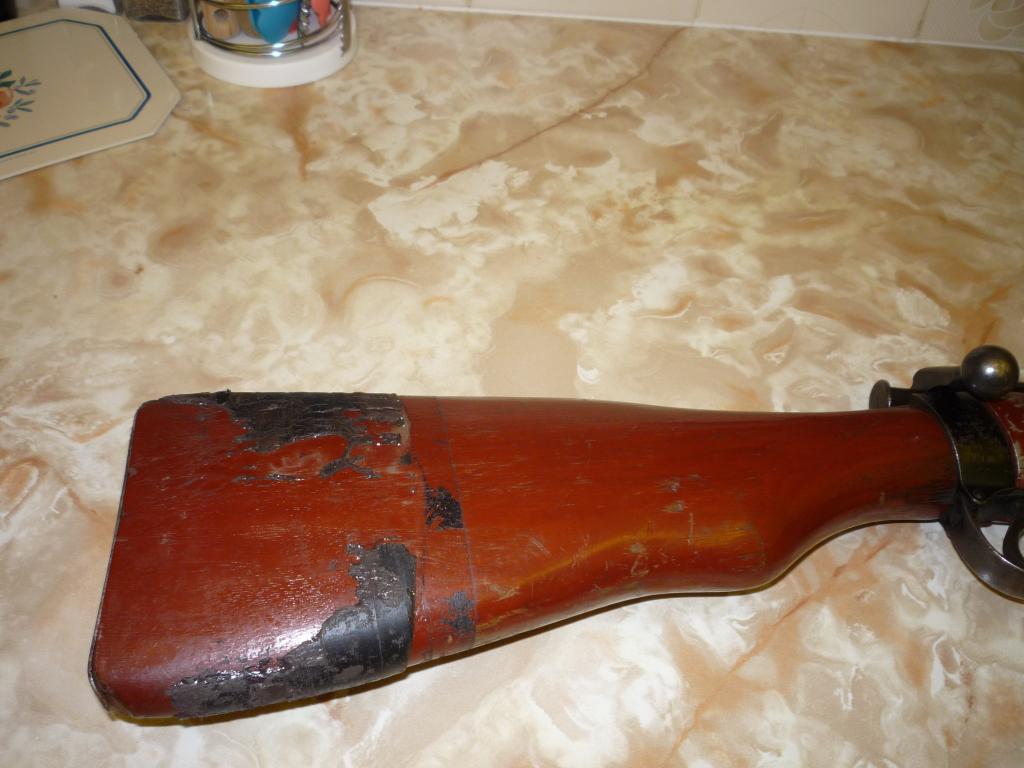 Information
Information














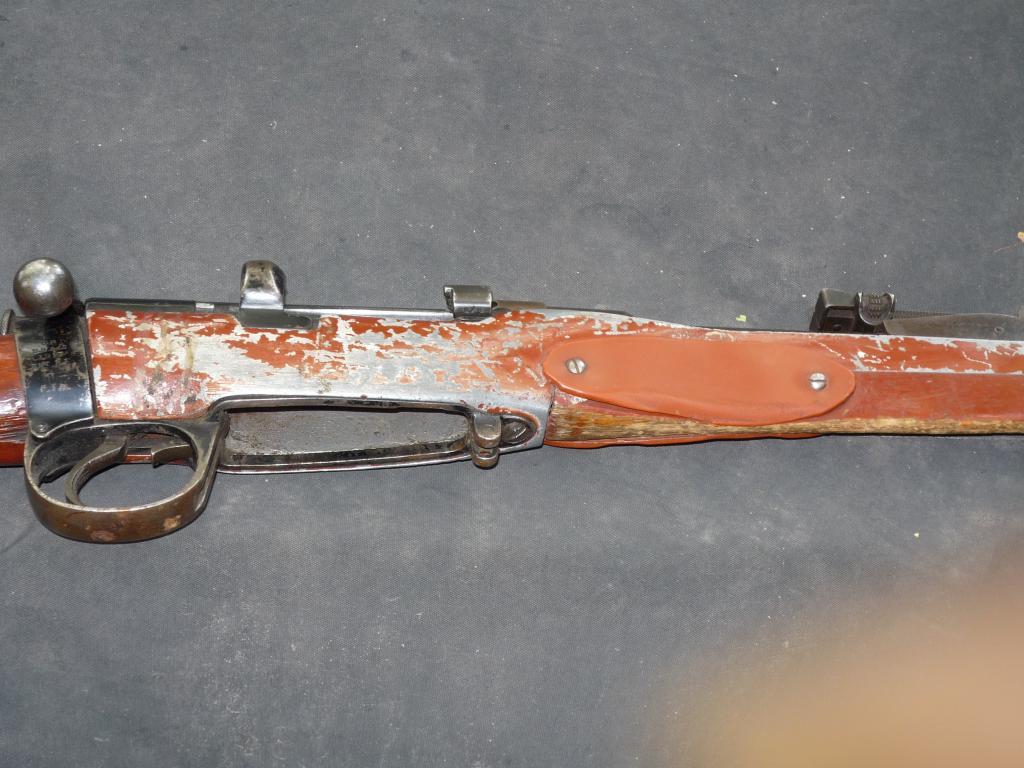
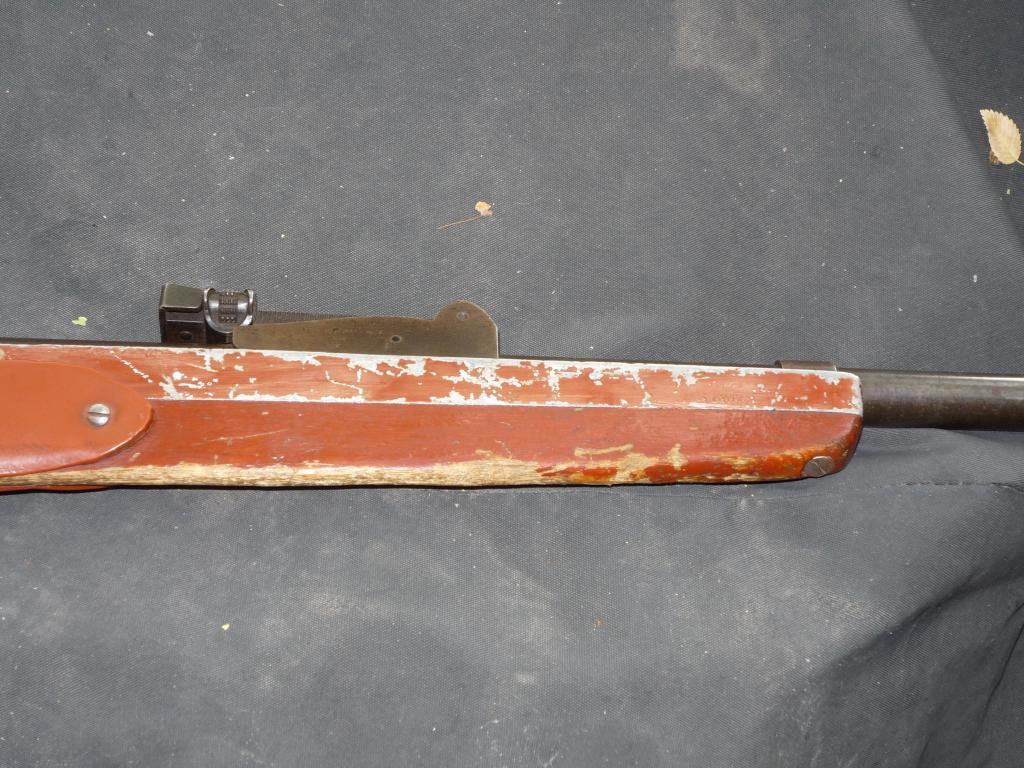
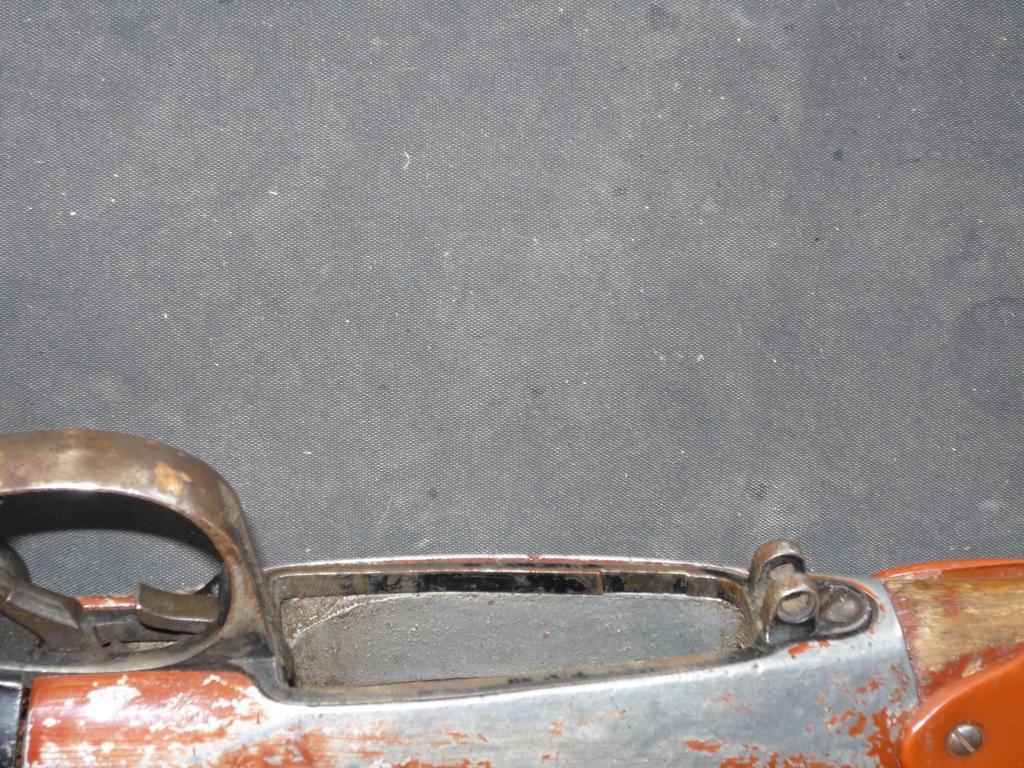
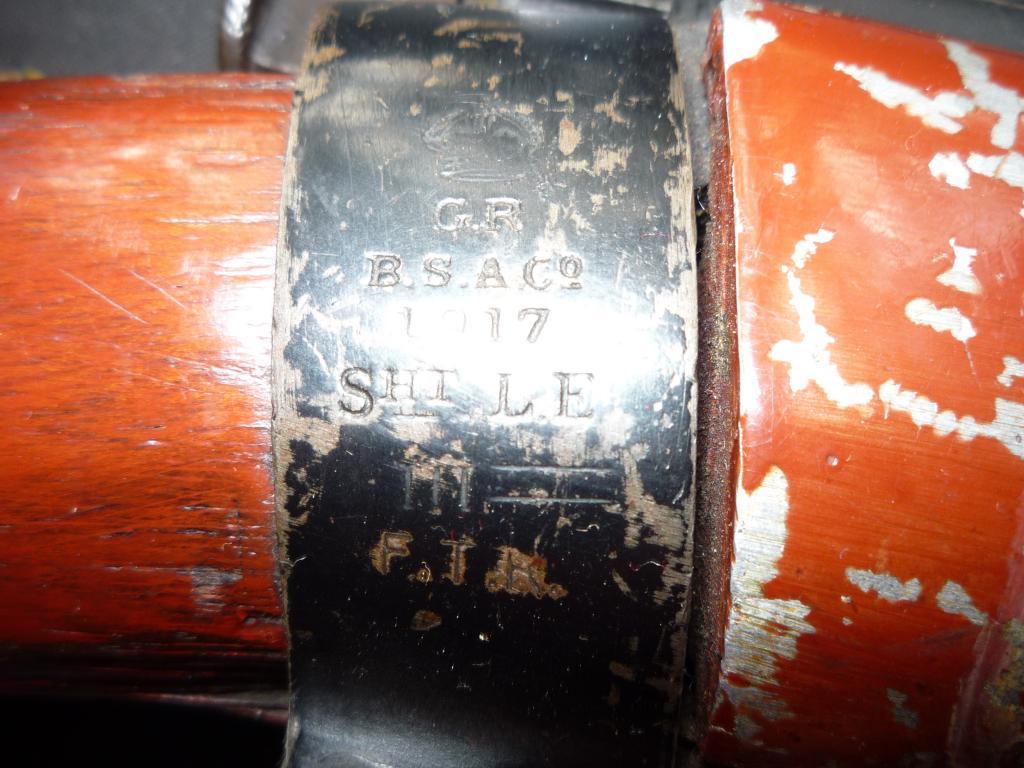
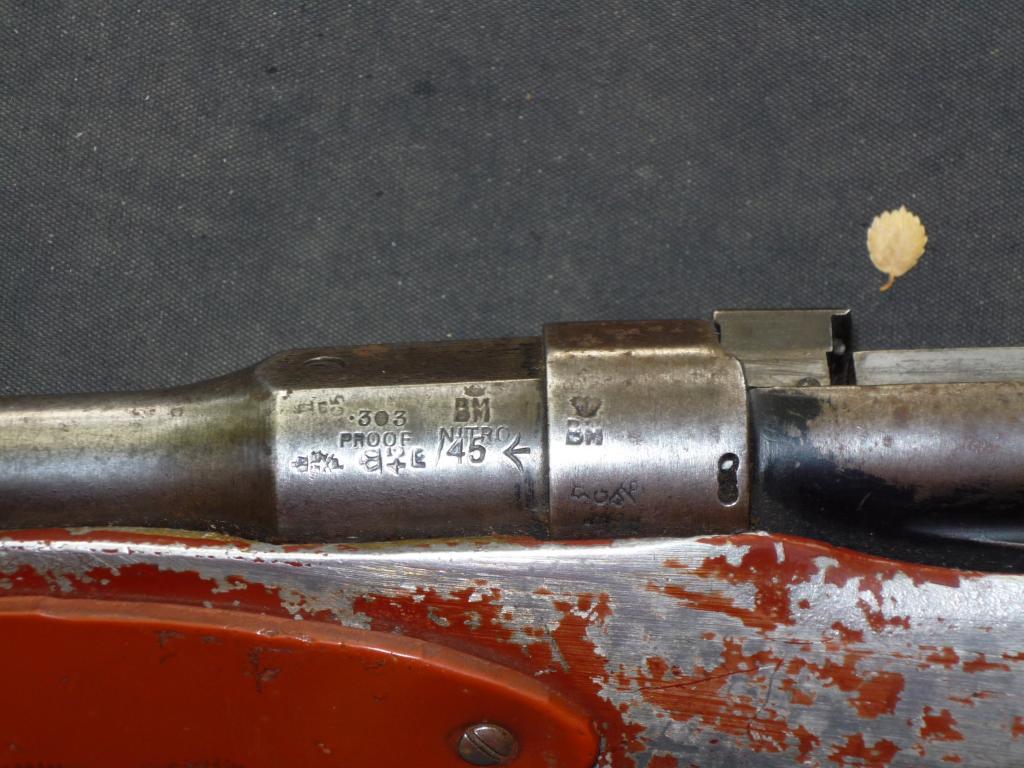
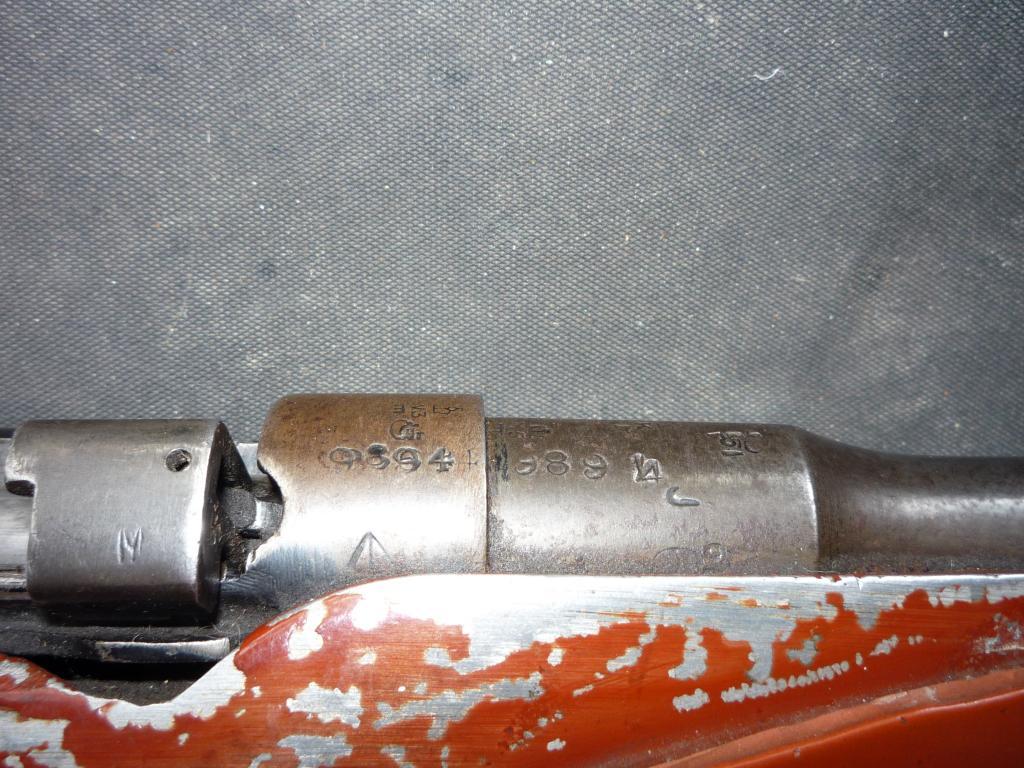
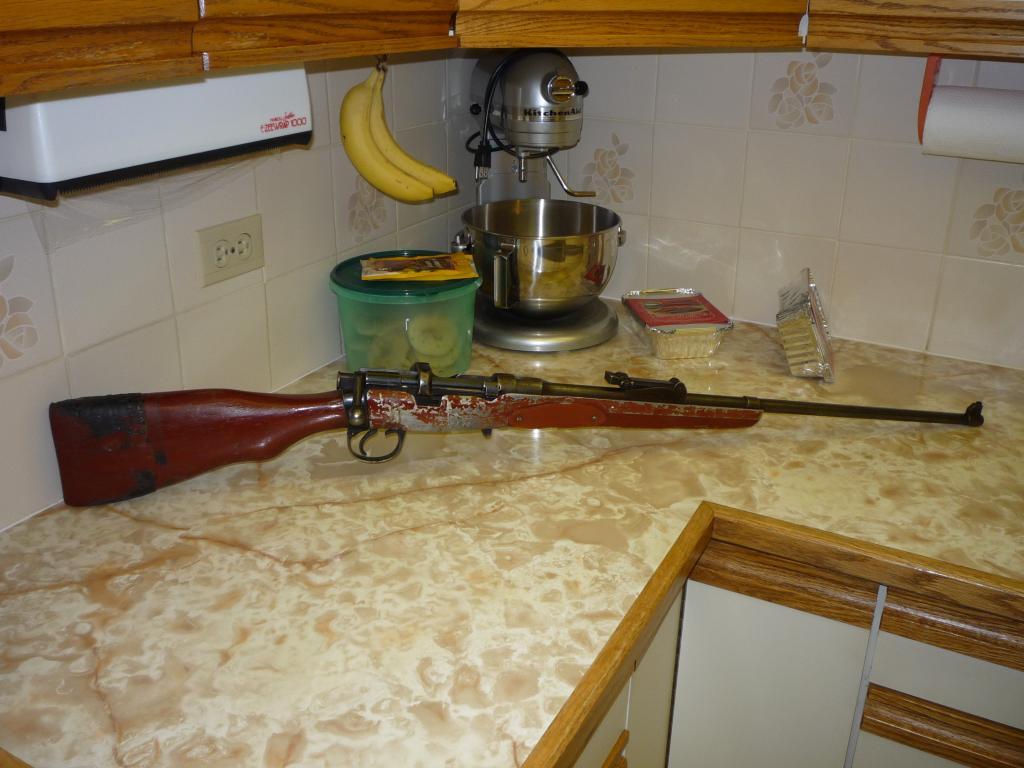
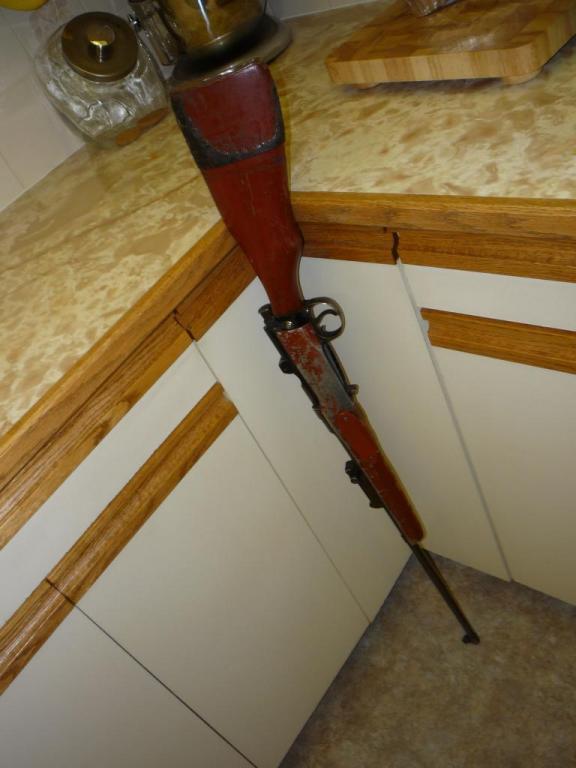
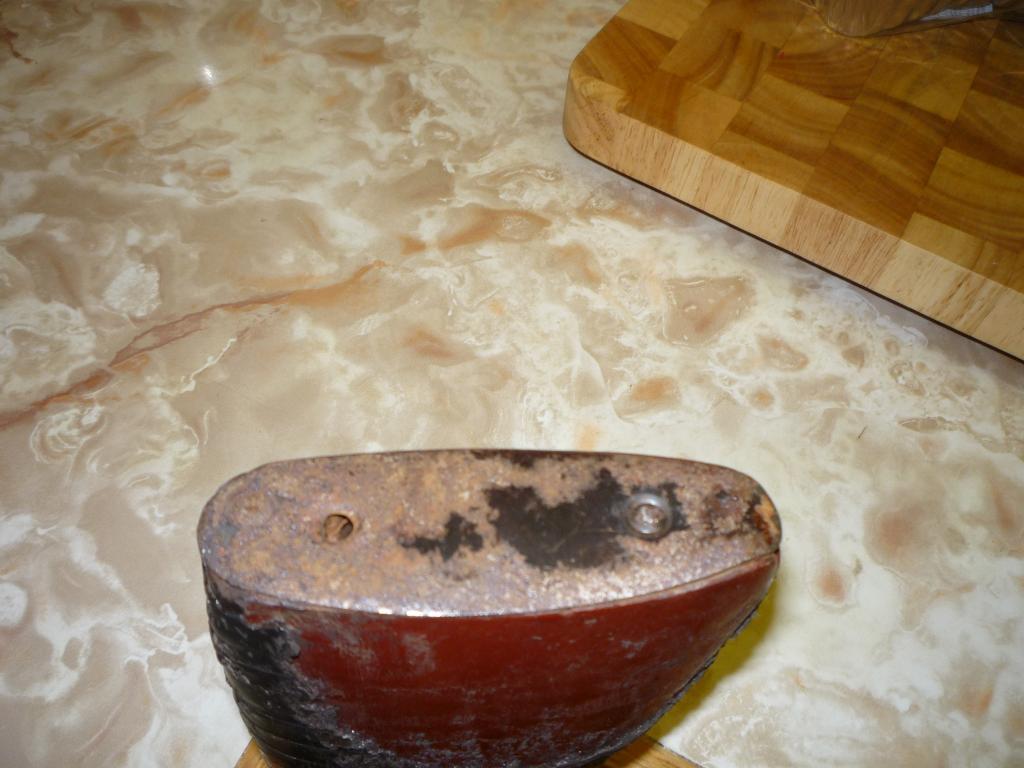
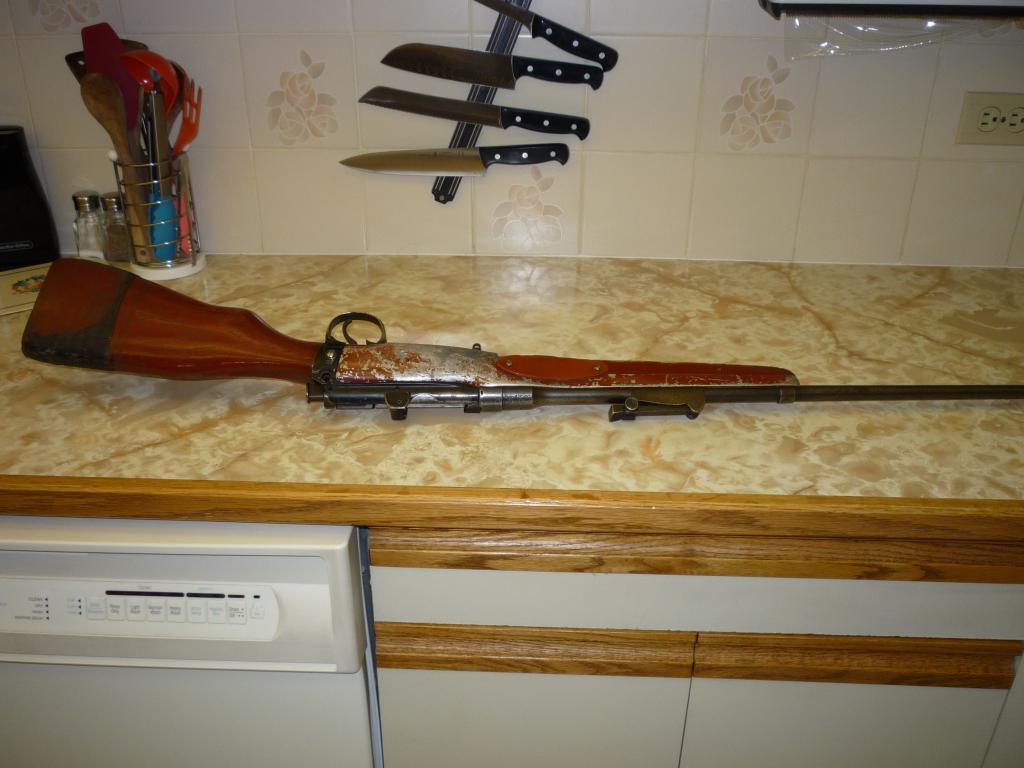
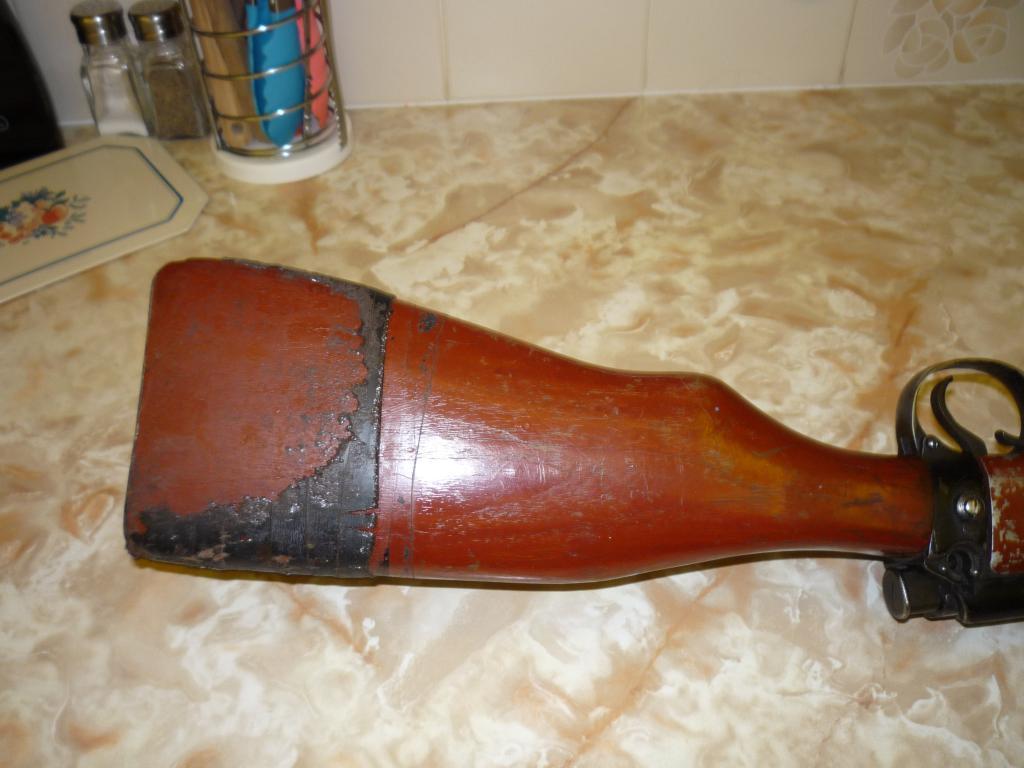
 Register To Reply
Register To Reply











